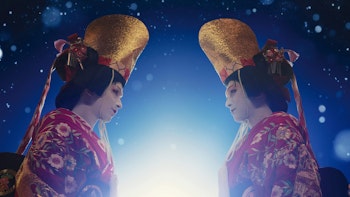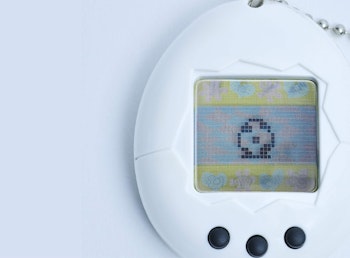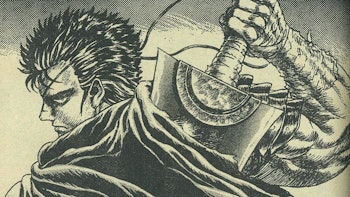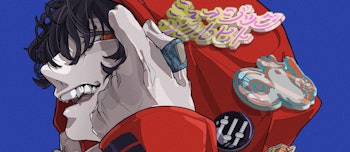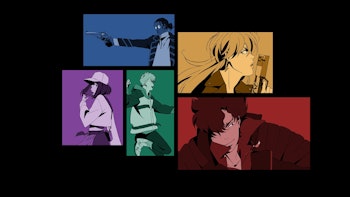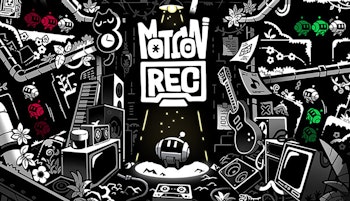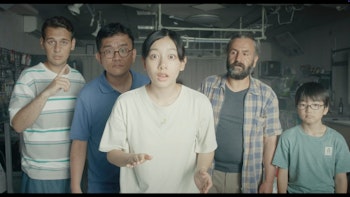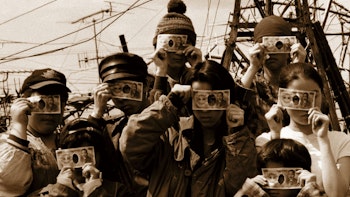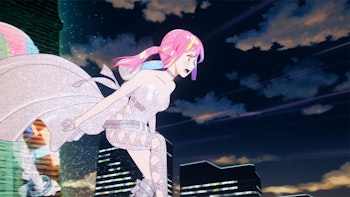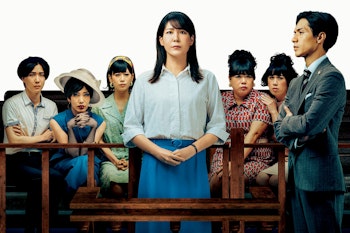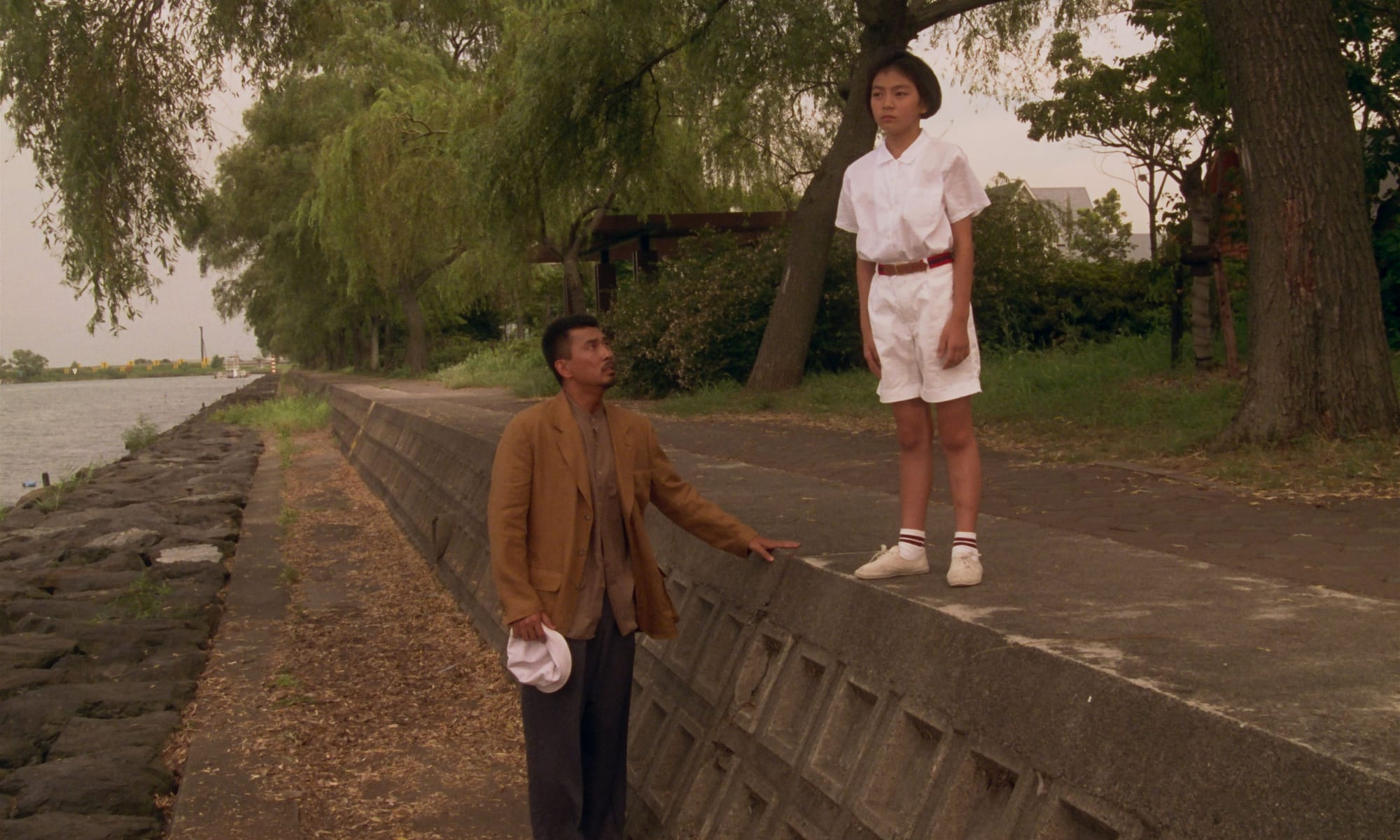
Shinji Somai passed away on September 9, 2001 at the age of just 53, leaving behind a directorial legacy of 13 films of which many are considered masterpieces that rank among the pantheon of Japanese cinema. These range from mainstream hits like 1981’s Sailor Suit and Machine Gun featuring a high school girl taking over a declining yakuza organization to more introspective human dramas, such as Moving. And yet in spite of this, he’s a director who was somewhat left behind as contemporaries like Kore-eda Hirokazu, Takeshi Kitano, Takashi Miike and Naomi Kawase.
It's a shame, as it’s hard to argue for a director who better captured the social fracturing from such a personal and empathetic perspective as Somai was able to achieve in his later career. Moving may not be about post-bubble Japan, but it perhaps captures this era from the perspective of a child as their conception of the world they knew falling apart better than just about any other at this time.
A child of married parents can recognize the disagreements and arguments between their caregivers, but they don’t necessarily conceive of a world where their parents aren’t together until it’s already too late. Or it could be denial. The opening scene sees 11-year-old Renko (played by a then-newcomer young Tomoko Tabata) eating with her parents as she proclaims that family meals are a time for love and sharing, a point that’s notably given the silent treatment. Ultimately the meal is for keeping appearances, even until the end: the pair are getting a divorce, and her father is moving out to live with his new partner in an apartment just days later.
It’s a change that she at first appears to take in her strive, knowing she’ll be living with her mother, seeing her father, and the school life she knows is unchanging. Nothing is as it should be, though. She can’t see her father often, life as a single mother is hard. The happiness Renko remembers is gone. Even if her parents may have been faking it all along and unhappy for years for all she knew, to her it was real, and she yearns to see that joy and togetherness once again. So she lashes out at the world around her, angry that the promise of a life she once had, now gone, desperately trying to find a sense of control and calm amidst the changing life.
Maybe even bring them back together, or at least understand why in the attempt.
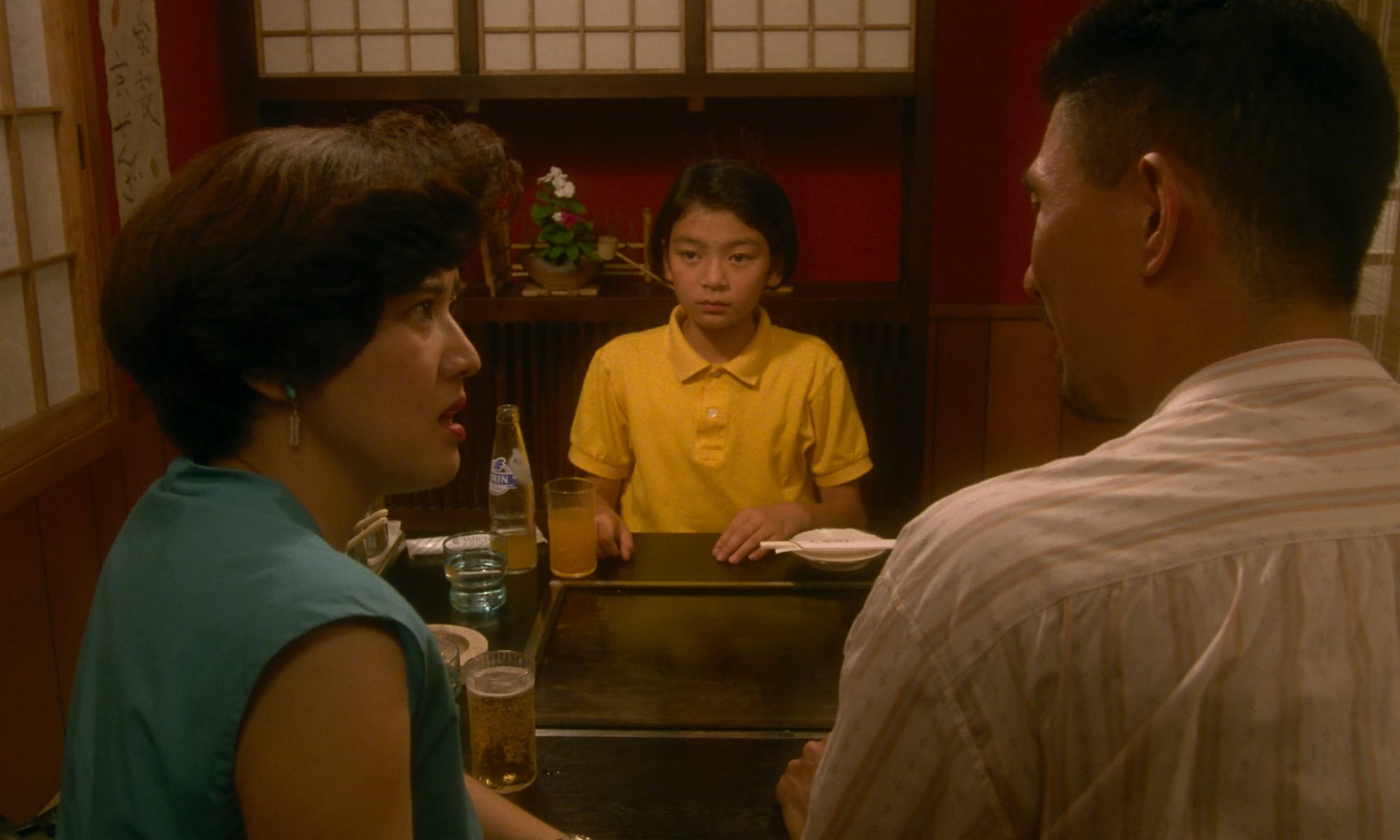
Based on the novel by Hiko Tanaka, the story has an almost childish innocence as it plays out entirely from Renko’s perspective. We aren’t privy to the years that may have led to her parents splitting up, making the sudden shift in their dynamic as disorienting for us as it would be for her. No matter how much we are eased into the reality of this separation, and no matter how the pain is eased by Renko’s typically-strict but still doting mother yearning for friendship or the father claiming his closet will always be connected to her daughter, Narnia-style, it makes no sense. Why are they not together? What did I do wrong, she wonders.
It’s only as time passes that the pain this process has on everyone reveals itself. For Renko, it’s coming to terms with the impossible, but to be young is to in a sense embrace change, whether they accept it or not, by facing it and running towards it. She will run to try and call her father and spend some time talking to him, or do what she can to turn the tides her way as maybe pushing the limits of the relationships around her will allow for her to push open the curtains and see the truth, understand it.
For all the brave faces of her parents and the outwardly-visible emotions and confusion of Renko, it’s perhaps her that accepts this reality and is conversely the most mature about this new reality. To leave the comfort of what was once normal behind in order to face the future is to change, to grow, to move beyond the boxes you once kept within to see what’s possible. The pushed limits see the new lives of her parents crumble, and the seeming certainty of their decision brought to question with feelings of failure. Renko must take a journey to understand, and return anew.
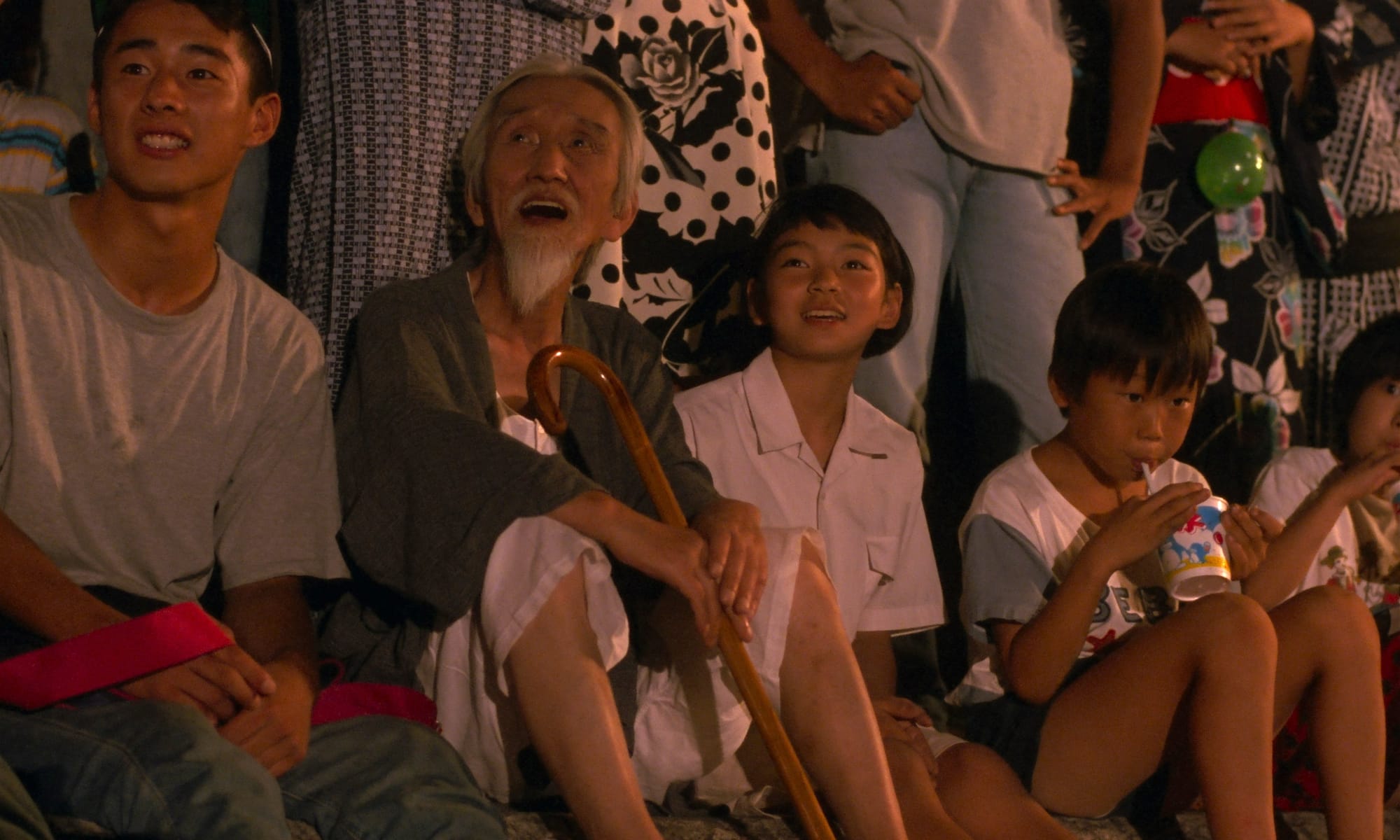
Divorce through the lens of a child, rebellion in the school halls, her home, and the woodlands of nature and fireworks of Kyoto’s Bon Odori searching for a meaning of what her life and family are when it all appears, on the surface, to have fallen away. Logic disappears here, however in spite of this there’s nothing more emotionally profound and truthful than the illogical fallacies rendered in this fantastical, beautiful finale.
Somai’s slow, methodical style with unorthodox compositions and internalized emotion was visible even in his early works like Sailor Suit, which intersperces its larger-than-life concept with the fractured idea of what it means to mature in a world where she doesn’t belong. By Typhoon Club, the breakdown of order and rules as the group of maturing schoolkids are marooned in their school during a storm takes time to see what the world could be without the reality rearing its head to quash the idealism they hold as it quarrels with the societal ills and hormonal discovery they undergo.
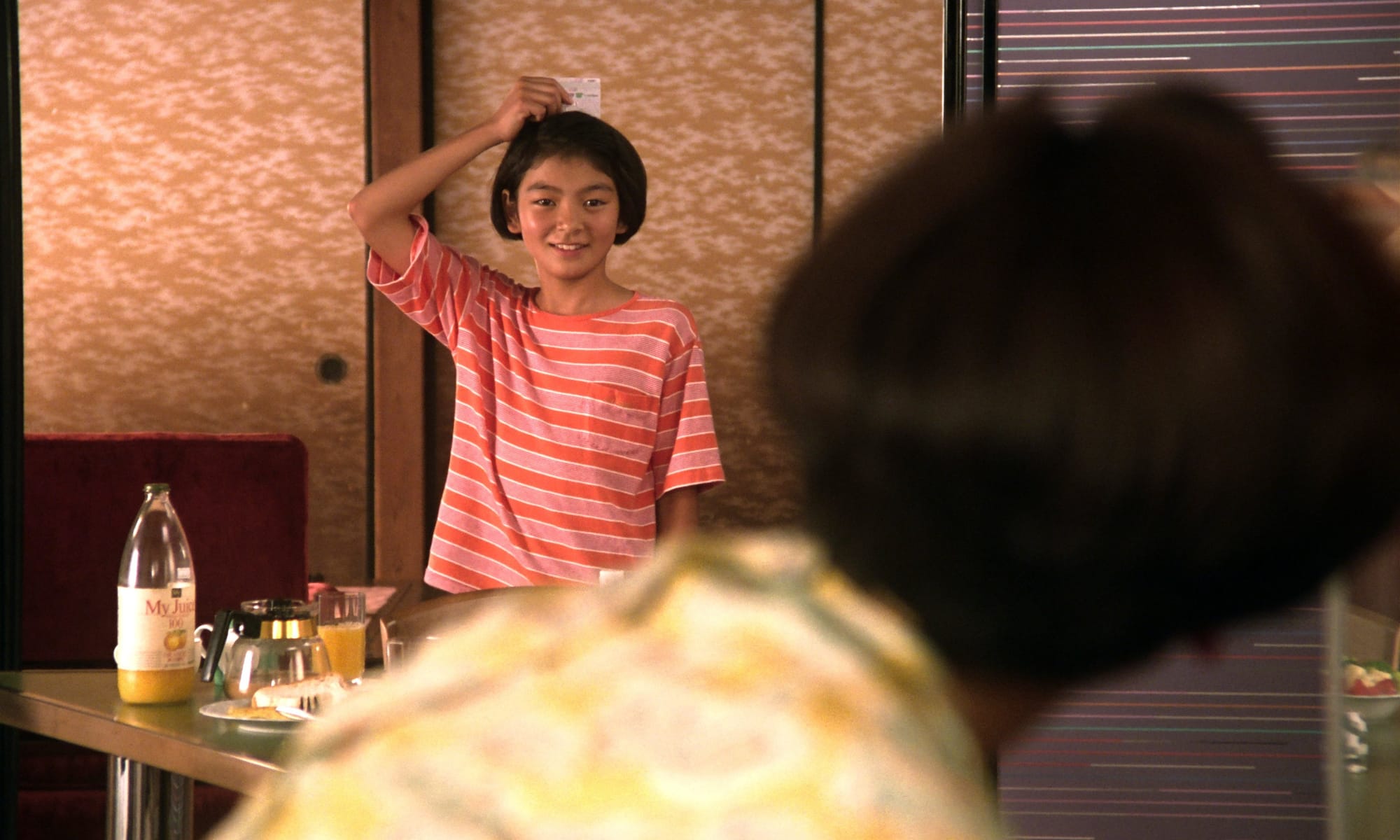
Yet by the time Moving released, Somai’s career and Japan more broadly had changed. The hopeful image of what’s possible reflected the mood of the time, but even the parental divorce at the core of this film came at a time when Japanese society was seeing a spate of this as the promised endless growth and lifetime employment and family unit was disintegrating amidst post-bubble depression. The family falling apart and needing to find a path forwards may end with a degree of inner peace for Renko, as the surrealist festival forces the blossoming of inner peace in a tribute to the end of innocence and childhood that blurs dreams with reality, but it comes with an optimism reached in spite of adversity, not in contrast to it.
The true art of Moving is in reflecting a childlike wonder in conflict with the scars of maturity shared by its likely-adult audience. It’s a movie that simultaneously respects the hardships and painful decisions with the need to remember that person who endured and paid the cost to move beyond these hardships, for all the joy and pain that followed.
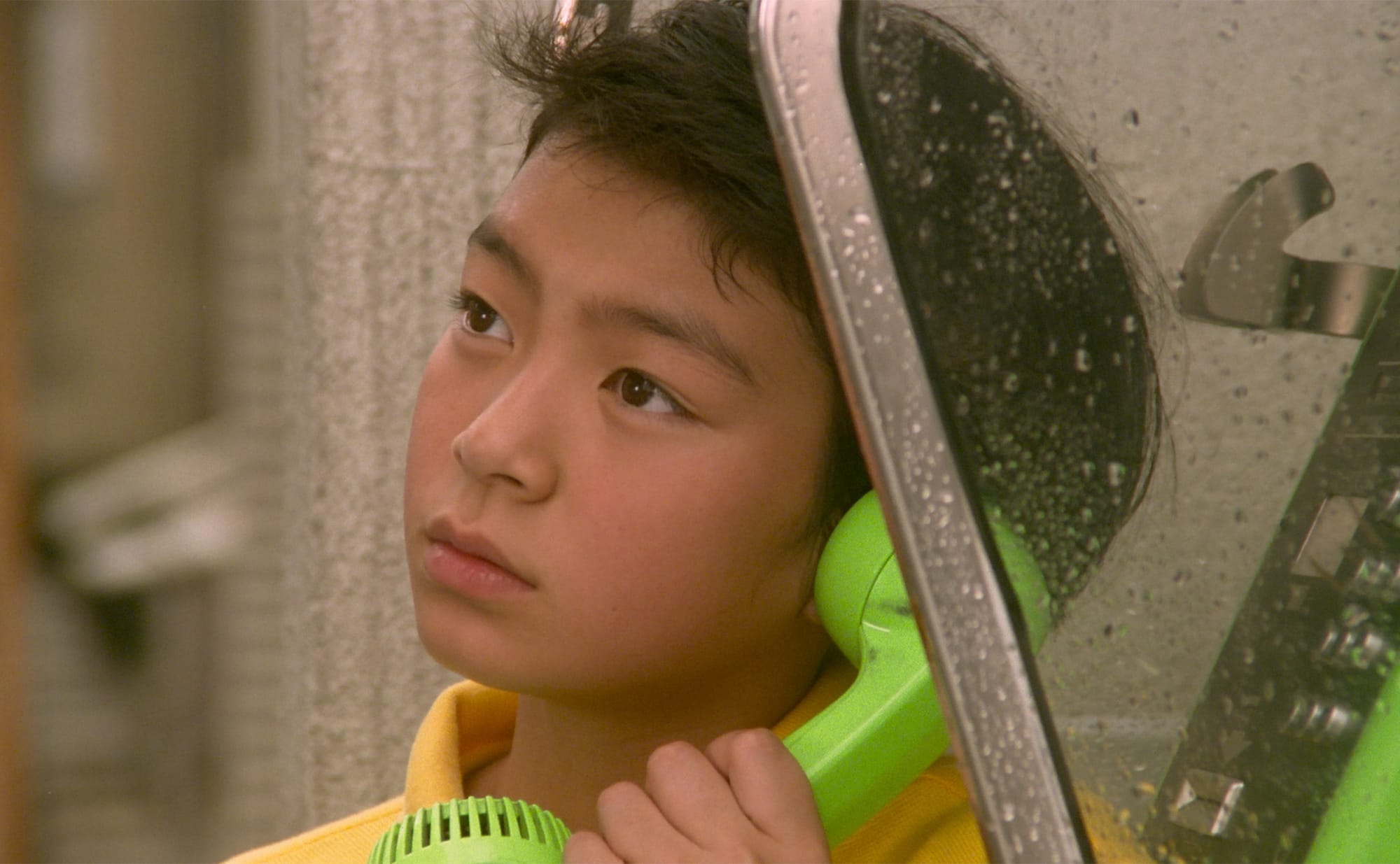
It’s a feeling that could only be achieved by extracting one of the best child performances ever from a young Tabata whose spunky, strong-willed personality joins the unconventional family dynamic to bring a truly fresh perspective into an oft-explored narrative juncture that rarely respects its younger voice trapped in the middle quite like this.
It would have been interesting to see what Somai would have made of our modern world, and how he would reflect the anxieties of those he so masterfully represented throughout his brief-yet-impactful career. In its all-new 4K remaster now showing in cinemas, his stories have rarely looked better, and it’s hard not to see his worlds in such clarity and picture them transplanted into the modern day. What would he see, were he to gaze upon our current existence? What story would he tell?
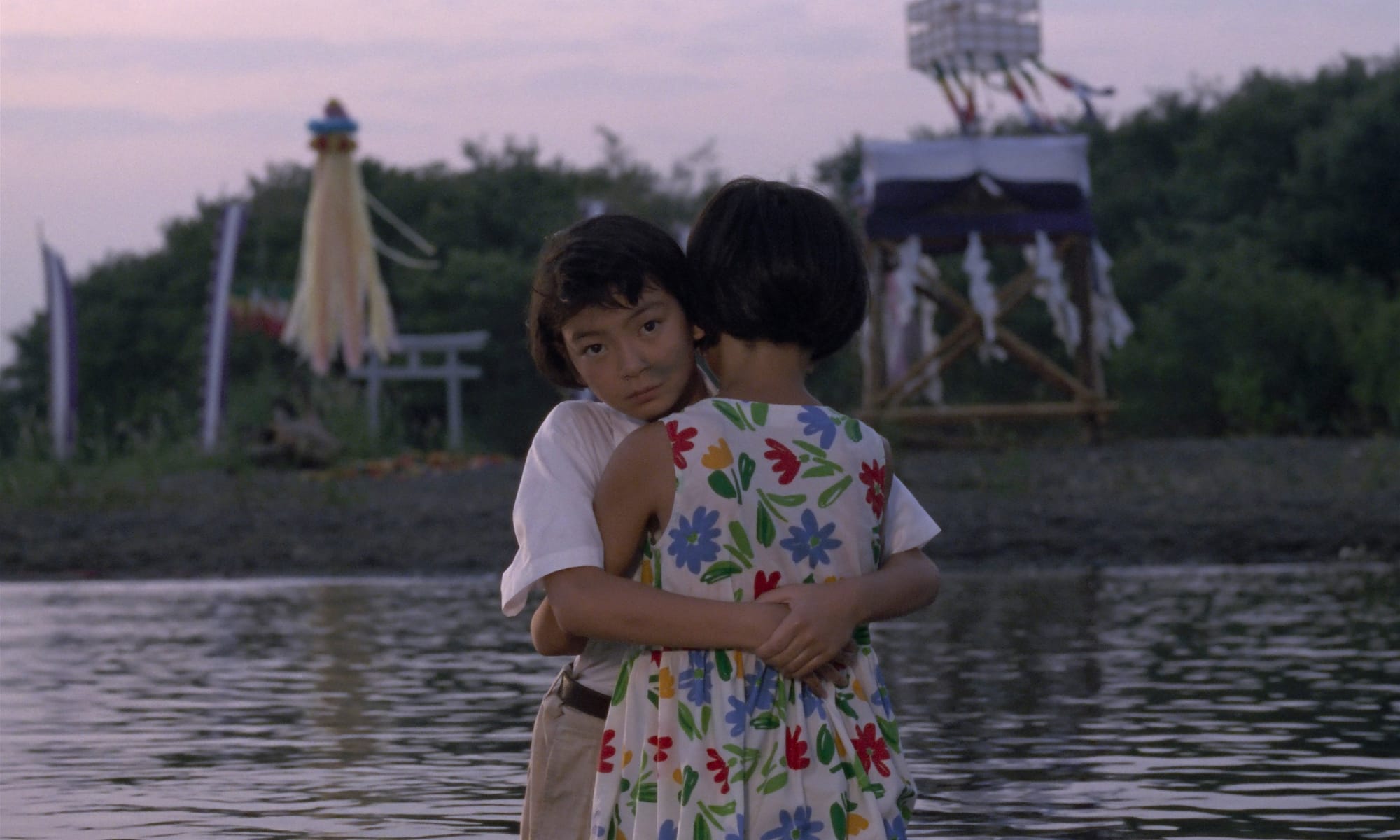
There’s a timelessness to his films, including here, thats profound and universal. Because ultimately, we’re all moving. Where?
“To the future!”
Classic Film Showcase shines a light on historical Japanese cinema. You can check out the full archive of the column over on Letterboxd.

